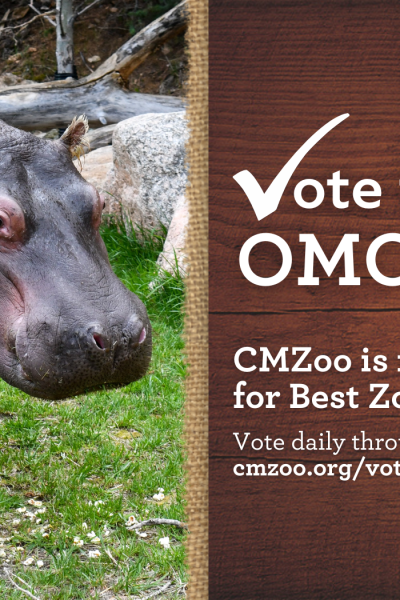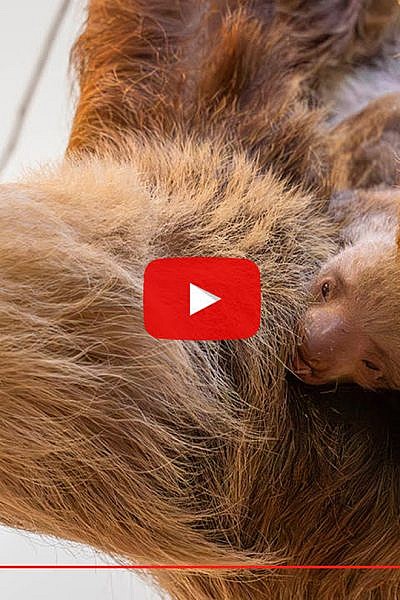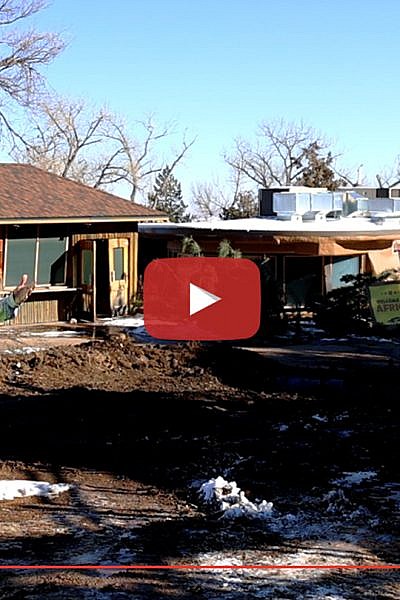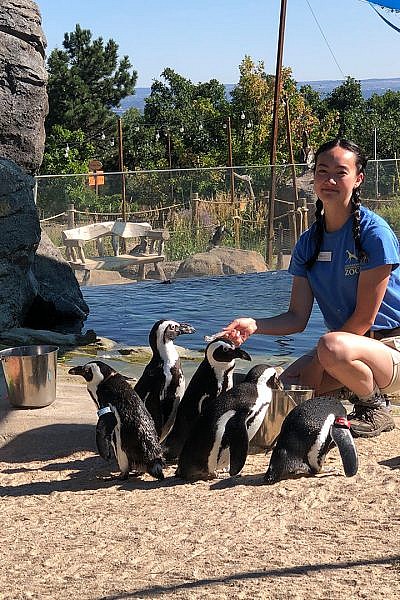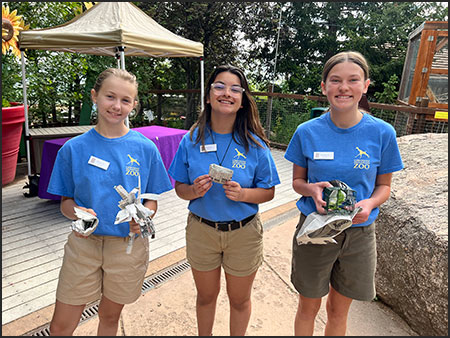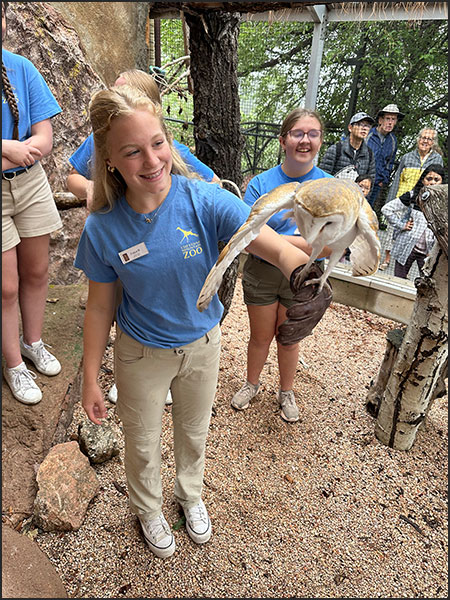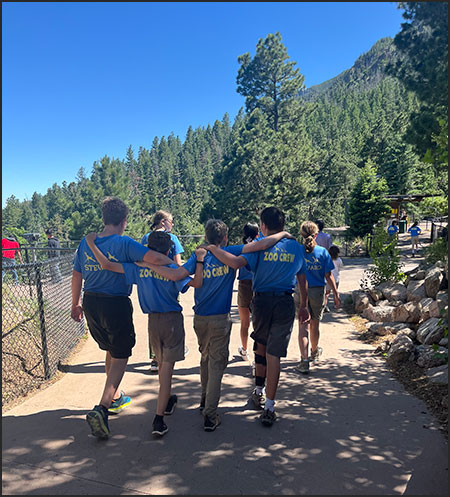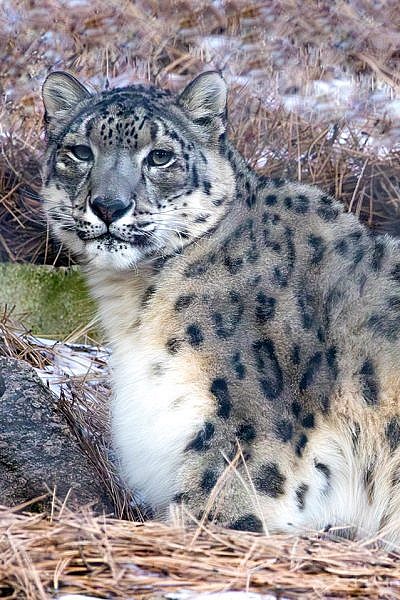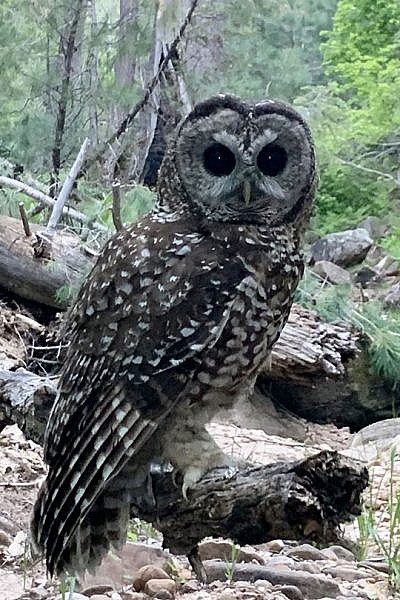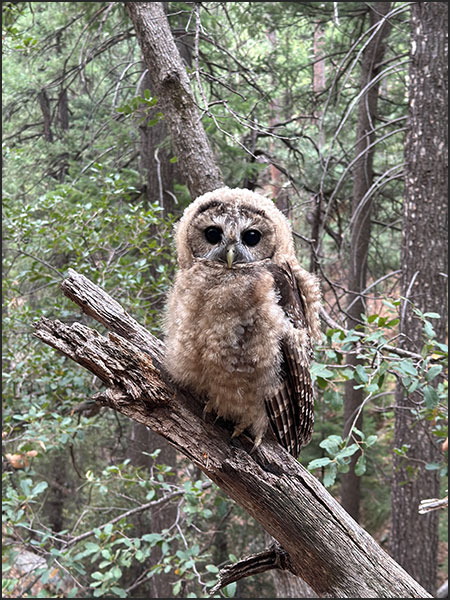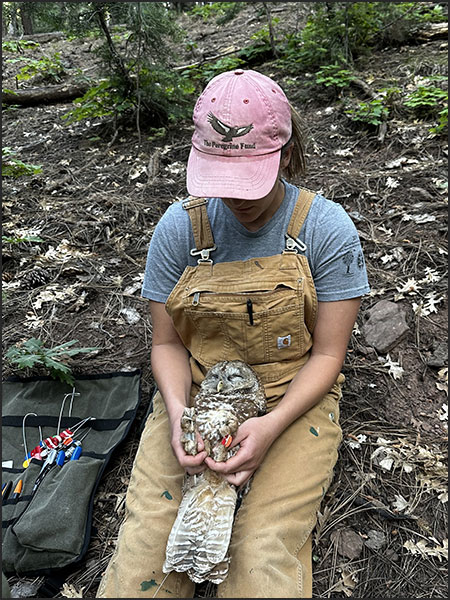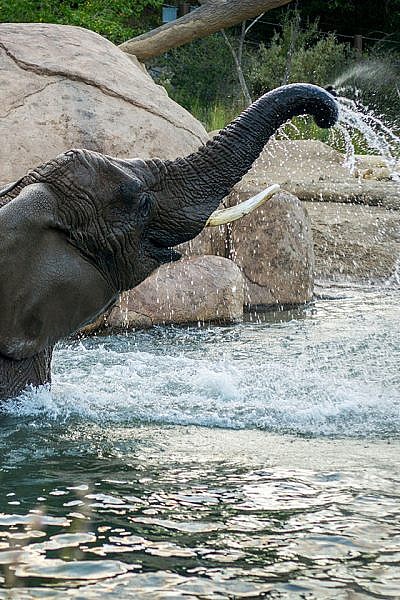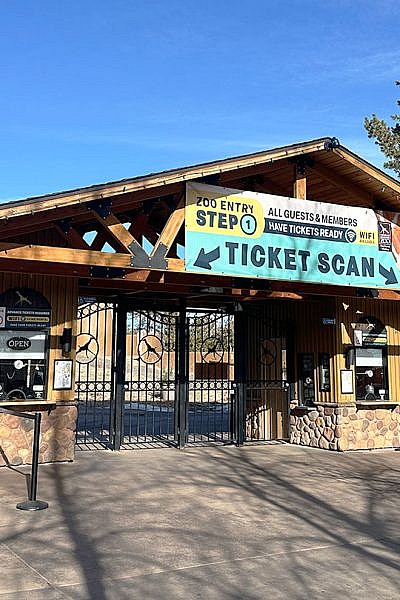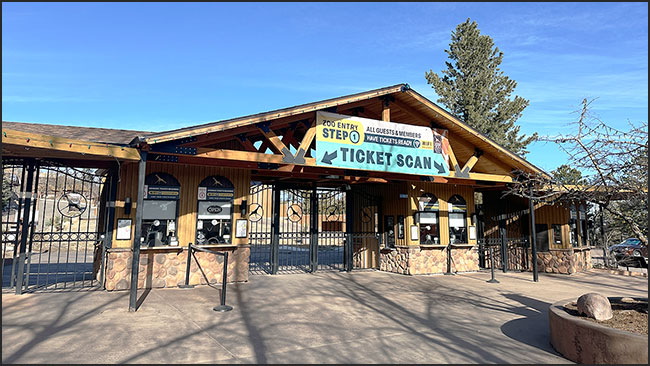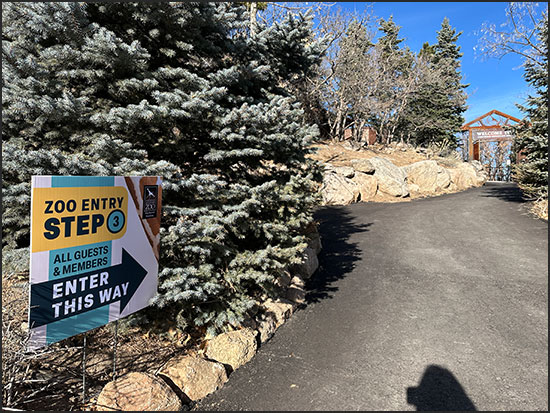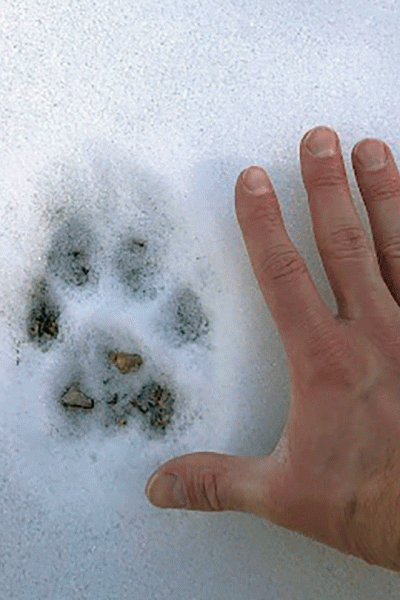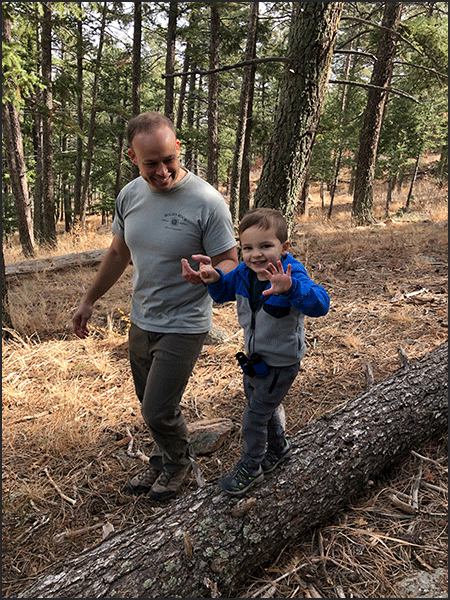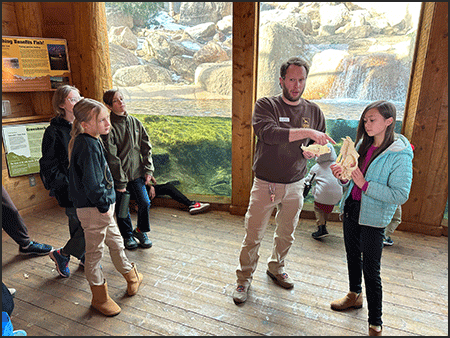CMZOO IS NOMINATED FOR BEST ZOO IN THE U.S. BY USA TODAY’s 10BEST READERS’ CHOICE AWARDS. SUPPORTERS CAN VOTE DAILY AT WWW.CMZOO.ORG/VOTE – Cheyenne Mountain Zoo wants you to vote for Omo – or Emmett, or Wednesday, or Chewy, or Cora! For the ninth consecutive year, Cheyenne Mountain Zoo is nominated for Best Zoo in the U.S. in USA TODAY’s 10Best Readers’ Choice Awards. Supporters can vote daily through Mon., March 10 at cmzoo.org/vote.
A vote for CMZoo is a vote for your favorite animal, because a high ranking elevates the entire Zoo – and Colorado Springs.
10 reasons to vote for CMZoo in this top-ten contest:
- America’s mountain Zoo is one of only a few nonprofit zoos accredited by the Association of Zoo and Aquariums (AZA) that does not receive any tax support. Zoo improvements, operations, animal care and field conservation are funded through admissions, memberships, programs, donations and grants.
- CMZoo’s International Center for the Care and Conservation of Giraffe connects giraffe care teams across the globe to resources, best practices, trainings and emergency care, improving and even saving the lives of countless giraffe.
- Nearly 800,000 people visit the Zoo each year. While visiting the Zoo, guests to the Pikes Peak region also patronize Colorado Springs’ local lodging, restaurants and tourism attractions.
- Understanding its unique opportunity to connect people to native, rare and endangered animals, CMZoo aims to make every visit inspiring. The Zoo does that by designing animal homes that bring guests closer than ever to species from all over the world, and right here in Colorado.
- It’s one of the few zoos in the country where guests can see an Alaska moose, Atka, who was orphaned in the wild in 2020 when CMZoo took him in.
CMZoo is home to Mochi, one of only three mountain tapirs in human care in the country. - Through keeper talks and animal demonstrations during daily visits, special events just for the grown-ups, small-group tours, camps, birthday parties, and more, Colorado Springs’ Zoo works to make everyone welcome to tap into their inner child and explore the mountain at their own pace.
- In 2024, CMZoo celebrated raising $5 million for frontline conservation efforts, including over a million dollars for African elephant and black rhino conservation.
- Its latest AZA accreditation was historic. In nearly 50 years of AZA accreditations, CMZoo was only the fourth organization to earn a completely ‘clean’ report, which means there wasn’t a single major or minor concern reported.
- In the past year, the Zoo welcomed a red panda, snow leopard, baby sloth and more to the family, while continuing its important work breeding and releasing critically endangered native black-footed ferrets and Wyoming toads. 2024 was the most successful black-footed ferret breeding year ever.
Anyone who has made eye contact with a tiger, pet a wallaby, felt the roar of an African lion, hand-fed a giraffe or walked alongside an African penguin knows how special our hometown Zoo is. This friendly competition amongst zoos nationwide is an excellent way to show your support.
Voting continues now through 10 a.m. MT on Mon., March 10. Supporters can vote every day at cmzoo.org/vote.
